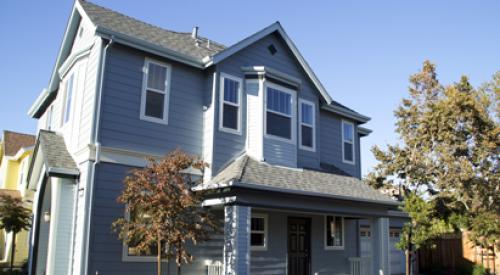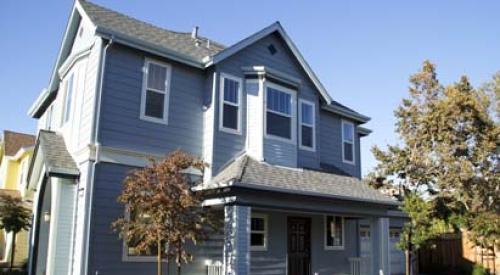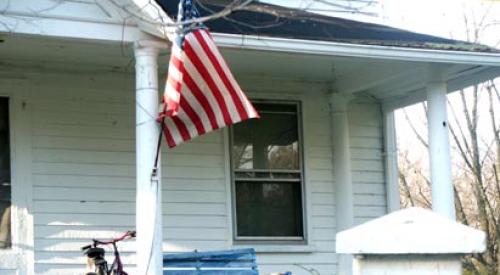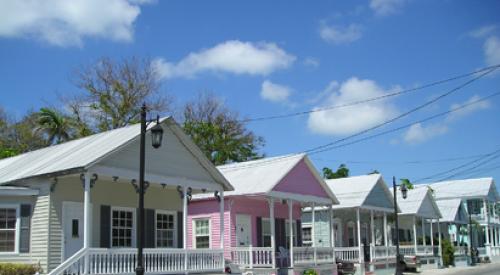While analysts continue to argue about whether or not the dip in housing sales in the first two months of 2014 is weather-related or not, it might be helpful to step back and take a look at the last few years to gain some perspective about where the market may be heading.

The housing market continued to improve in 2013, though at a lower rate than in 2012. Housing permits, housing starts, housing completions, new-home and existing-home sales, and home prices continued to increase in 2013. According to the Mortgage Bankers Association, the delinquency rate for all mortgage loans on one-to-four unit residential properties fell during 2013 and is now at its lowest level since 2008.
Total housing starts increased to 780,000 during 2012 from 609,000 in 2011, an increase of 28 percent. Single-family starts increased by 24 percent and multifamily starts by 38 percent. Compared to 2012, total starts in 2013 increased by 18 percent, single family by 16 percent, and multifamily by 24 percent. Housing starts during 2014 are expected to be 1.1 million, an increase of 19 percent.
At 306,000, the number of new homes sold during 2011 was the lowest recorded in the last five decades. Sales increased by 20 percent in 2012, to 368,000. During 2013, new homes sold increased by another 16 percent to 428,000, and are forecasted to rise to 520,000 in 2014. While better than it has been, this number is far below the 1.28 million homes sold during the housing peak in 2005, and significantly below the normal range of new-home sales of 900,000 to 1 million recorded in 2002-2003.
Sales of existing homes rose from 4.3 million in 2011 to 4.7 million in 2012, an increase of 9 percent and to 5.1 million in 2013, an additional increase of 8.8 percent. During 2014, existing home sales are expected to remain at around the 2013 level.
The number of months of supply of new homes for sale declined from 5.3 months in 2011 to 4.5 months in 2012 but increased to 5.0 months in 2013. On the existing home side, the number of months of supply fell from 8.3 months in 2011 to 5.9 months in 2012 and further declined to 4.9 months in 2013.
Home prices in 2012, as measured by the Federal Housing Finance Agency (FHFA) House Price Index and the S&P/Case-Shiller House Price Index, increased by 3.4 percent and 2.8 percent respectively over 2011 numbers. In 2013, however, home prices rose by a whopping 8.4 percent and 11.2 percent according to the same indices. Home prices during 2014 are expected to increase at a slower rate.
According to the Freddie Mac Lender Survey, the fixed 30-year rate was 4.66 during 2011, declined to 3.66 in 2012, and rose to 3.98 in 2013. Fixed 15-year rates similarly declined from 3.69 in 2011 to 2.93 and rose to 3.11 in 2013. Current mortgage rates are still very low by historical standards.
The numbers over the past three years reflect the nation’s overall economy. Regardless of the weather, we can expect that if the economic recovery continues to proceed slowly, potential homebuyers will remain cautious because of their concerns about the economy and the job market. Mortgage financing is still a constraint and qualified buyers will continue to face challenges in getting a mortgage.










